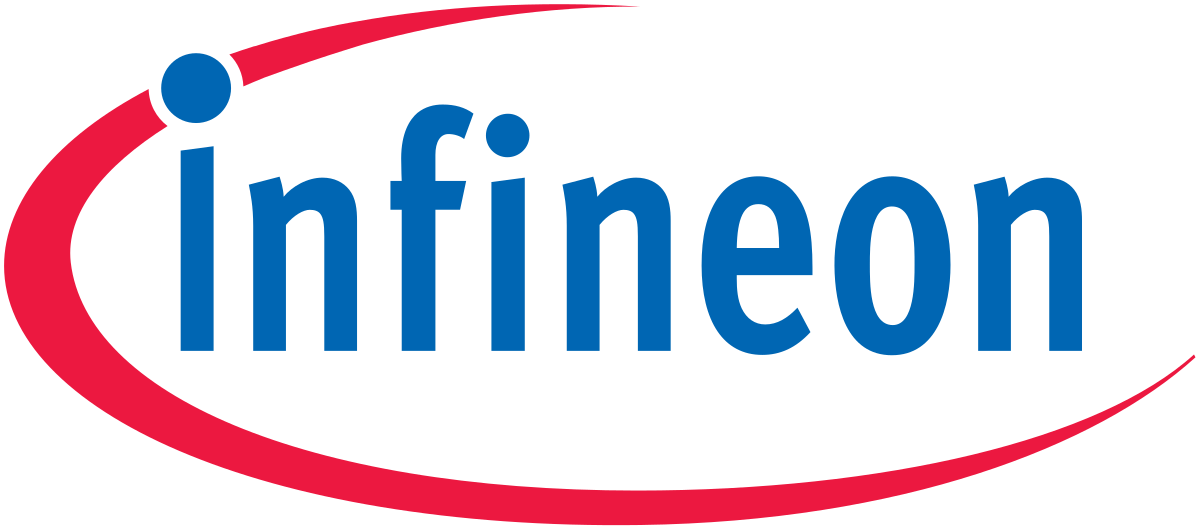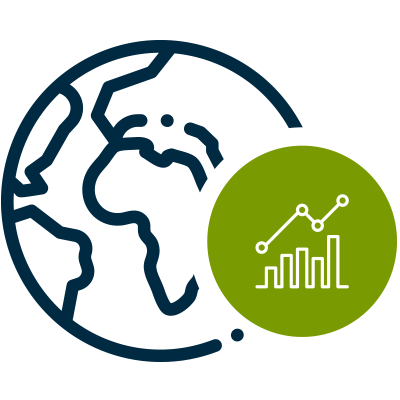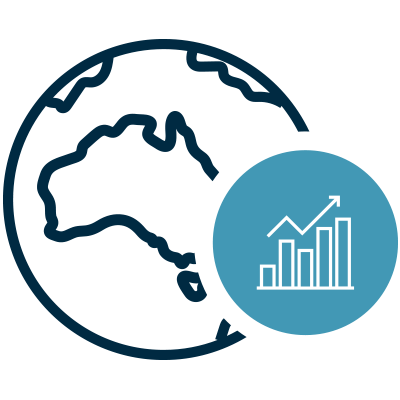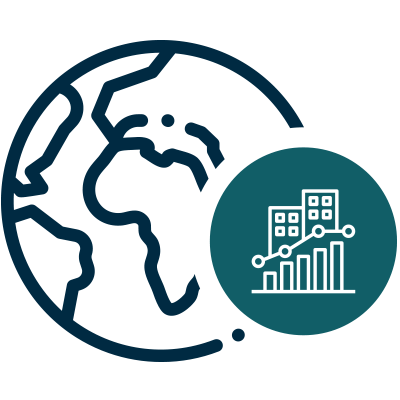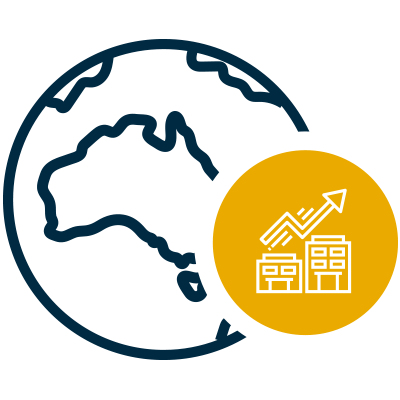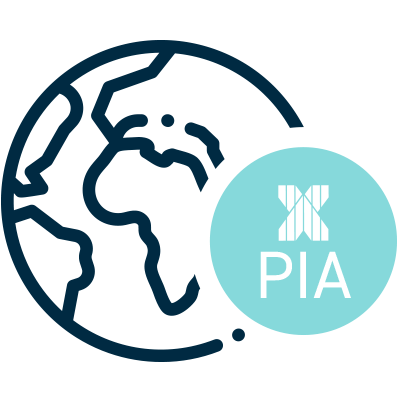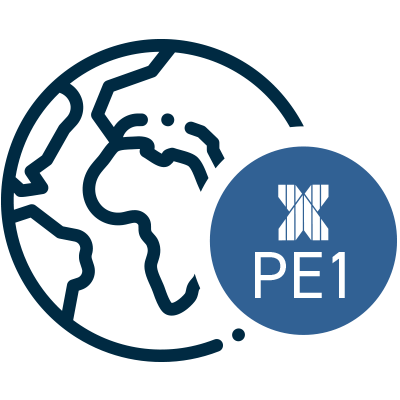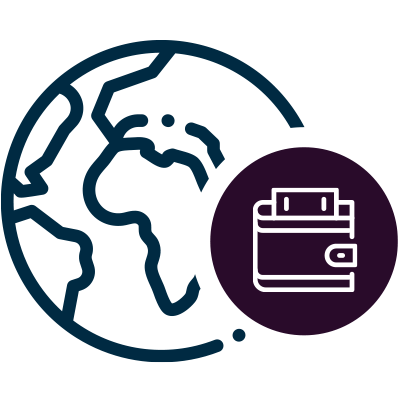SUMMARY
Most market indices were up for the month of May, with ongoing investor optimism about the economic outlook supporting risk assets. The fund delivered positive performance over the month of +1.3%. Following falls in inflation, sentiment in global equities is more positive with markets expecting that central bank tightening is nearing its end. This environment should be more supportive for the generally smaller and more growth-orientated impact stocks we invest in.
This month Katie Woodhouse considers the impact of the increasing importance of AI. While it clearly has the potential to provide solutions that generate real environmental benefits, the current reality is that it’s making existing sustainability challenges even greater. She discusses how the potential positive impact of AI will only be realised if AI solutions can be delivered with a dramatically lower greenhouse gas and water footprint. Within WHEB’s investment strategy, we explicitly look for businesses what will help make this a reality.

